
The first China’s Media Archaeology Workshop was held at Huazhong University of Science and Technology (HUST) from May 21 to 23. More than 60 experts and scholars, from universities and research institutions across the world such as Chinese Academy of Social Sciences (CASS), Renmin University of China (RUC), Peking University (PKU), Tsinghua University (THU), Fudan University (FDU), Zhejiang University (ZJU), Communication University of China (CUC), Nanjing University (NJU), Wuhan University (WHU), Jinan University (JNU), Chongqing University (CQU), Shanghai University (SHU), Tongji University (TJU), Shenzhen University (SZU), Shandong Normal University (SDNU), HUST, Humboldt–Universitat zu Berlin, Shih Hsin University, Macau University of Science and Technology (MUST), and Kyoto University, attended the meeting.

At the opening ceremony, Tang Haijiang, Professor of the School of Journalism and Information Communication (SJIC), HUST, also the convener of the workshop, introduced the original aspiration of the workshop, and pointed out that the rapid development of information technology, especially digital technology, had brought new challenges to human civilization. Media archaeology focuses on the depths of history and discovers new possibilities in history and the future, which is instructive for the direction of civilization in the digital transformation. Media archaeology in Chinese civilization has its uniqueness and universal values, and should contribute its own wisdom to human civilization.
Two wonderful academic speeches were prepared for the attending guests. On the evening of May 21, Professor Wolfgang Ernst, a media scholar at Humboldt–Universitat zu Berlin, delivered a speech titled “Media Archaeology & Technology-Logical Time: A Cross-cultural Concept” to the workshop online. After the opening ceremony, Huang Dan, a senior professor of liberal arts at ZJU, delivered a keynote speech entitled “Media Archaeology: Hide and Seek with Little People? Thoughts on Reading Media Archaeology: Methods, Paths and Implications”. On reading Media Archaeology: Methods, Paths and Implications, Professor Huang took two keywords, “media” & “archaeology”, as clues to develop his understanding and thinking on media archaeology. He focused on clarifying the relationship between media archaeology and history archaeology, historical data excavation, and between media archaeology and Michel Foucault, Athanasius Kircher and other academic contexts. Huang further pointed out that “media archaeology is not to dig out the hidden media one by one in history, but to consider issues from the perspective of media. Media archaeology is to think about various possibilities, to examine the survival factors that human and various media jointly constitute from the perspective of media and the method of post-structure”. Shan Bo, Professor of WHU, spoke highly of Professor Huang Dan’s views on media archaeology. Shan affirmed Huang’s historical imagination, and believed that media archaeology was looking for a certain “underlying structure”, which was very challenging.
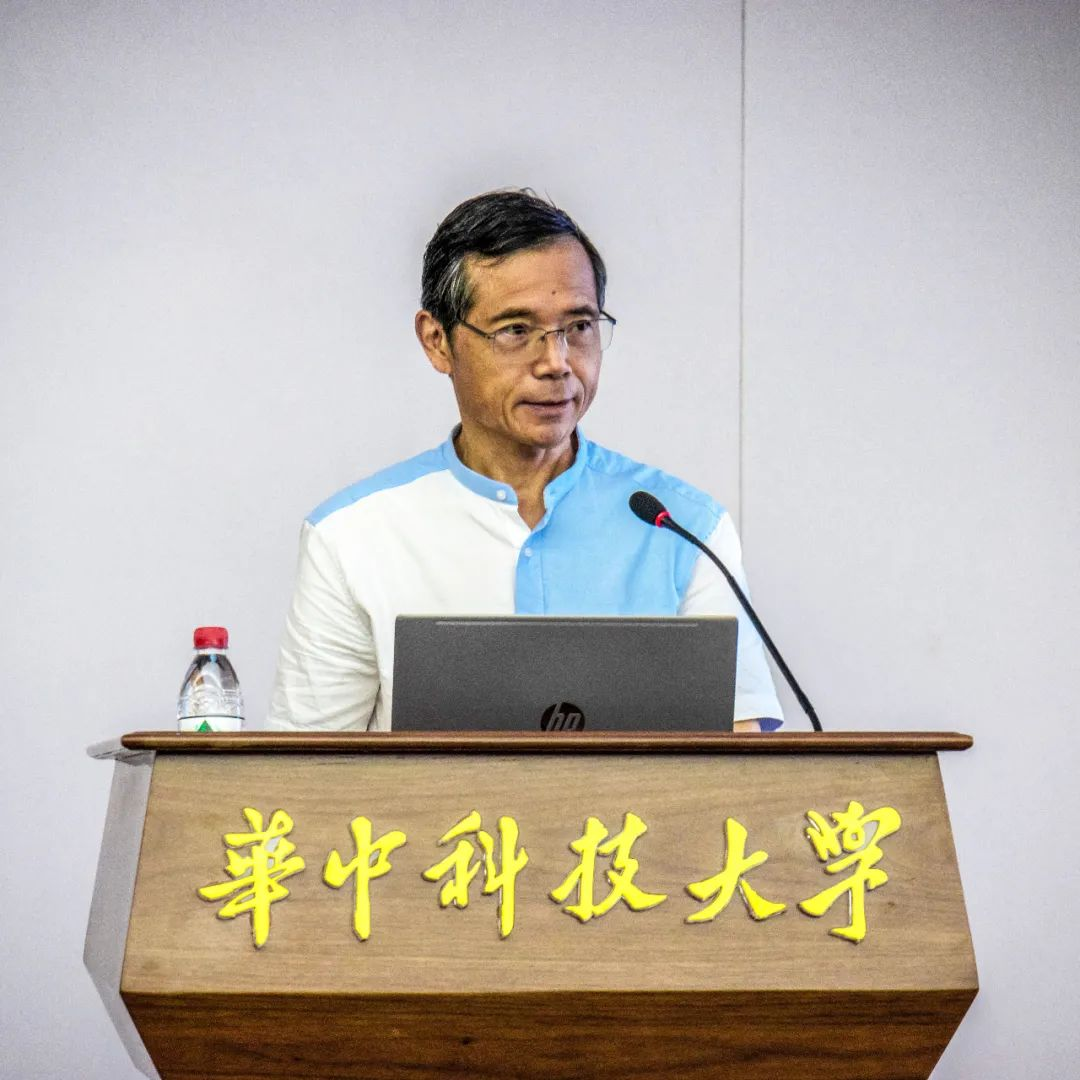
In the following time, the workshop was divided into six units: “Sound Media Archaeology”, “Video Media Archaeology”, “Writing Media Archaeology”, “Media and Body”, “Digital Media Archaeology” and “Theories and Methods of Media Archaeology”.
1
The “Sound Media Archaeology” unit was hosted by Zhu Chunyang, Professor of the School of Journalism, FDU. Gui Qiang, Professor of Hunan University of Arts and Science, reported the relationship between the entry of records and modern China’s auditory modernity, with particular emphasis on the analysis of the connotation of “auditory modernity”, as well as the auditory modernity visions such as auditory experience and sound landscape created by Chinese records and their media practices. Jia Yuxin, a graduate of PKU, reported on the history of China’s amateur radio from 1928 to 1949, showing how the value embedded in technology entered the process of heterogeneous culture with the transfer of technology itself. Dr. Chen Chaohui of HUST connected geophones with modern phones, mobile media, and private media, trying to find the deep connection. Dr. Xu Haoliang of HUST studied the Chinese Bronze Civilization era from the perspective of media archaeology, and re-understood the significance of ritual musical instruments to power order, cultural interaction, and even media civilization in the Shang and Zhou Dynasties. Chen Xin, Professor of SDNU pointed out that, from the perspective of Guzheng (a traditional Chinese musical instrument) playing technique and rhythm state, media archaeology turned traditional Guzheng research into a variant that integrated audio-visual technology and science and technology. This leads to interdisciplinary issues in media archaeology. General commentator, Zhang Gehao, Professor of MUST, believed that the we could learn from the papers in the “Sound Media Archaeology” unit that media archaeology research should focus on the rupture or continuation of a specific medium or a specific culture.
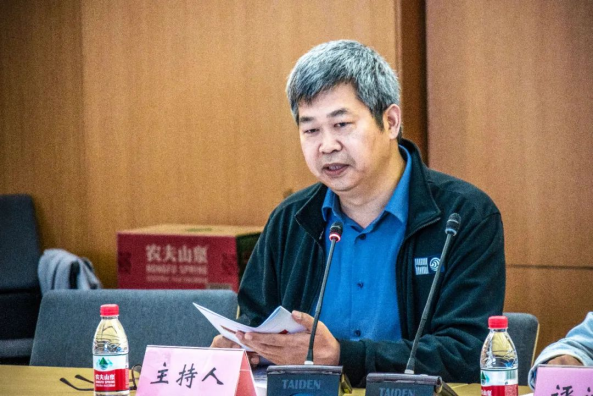

2
The “Video Media Archaeology” unit was hosted by Zhang Manli, researcher of the Institute of Journalism, CASS. Sun Li, Professor of SHU, reported on the formation of the new media vision of Shanghai urban literati when Western movie theaters entered China in the late Qing Dynasty. He pointed out that the new media vision, characterized by montage and realism, pushed the “sleeping” post-vision into the depths of history. Chen Jieqi, a graduate of HUST, took the diorama as a specific media example to describe the localization process of the diorama after entering China, as well as the different media practices and functional divisions based on the changes in the shape of the diorama. Dr. Luo Yi of HUST described the transformation of slides in modern China from “magic slides” and “entertainment devices” to “educational tools”. Du Chengye, from Sichuan University of Media and Communications, took time as a medium to discuss the evolution of media archaeology and the development of media science and its development to film. The reviewer, Professor Wang Yingji, pointed out that the essays in this unit were imaginative and interesting, but some logical problems needed to be cleared up. At the same time, a certain visual medium should not be regarded as a pure technology, and its significance should be discussed in the history of technology and culture.
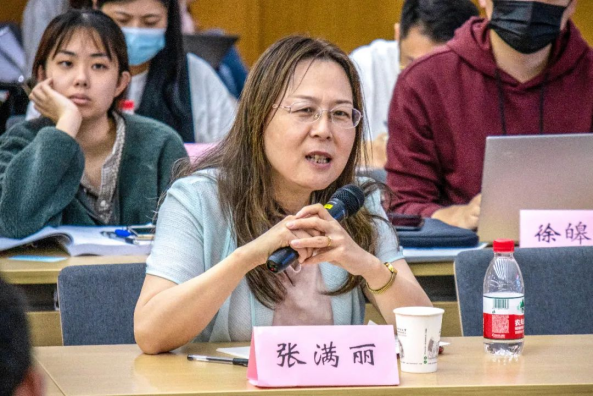
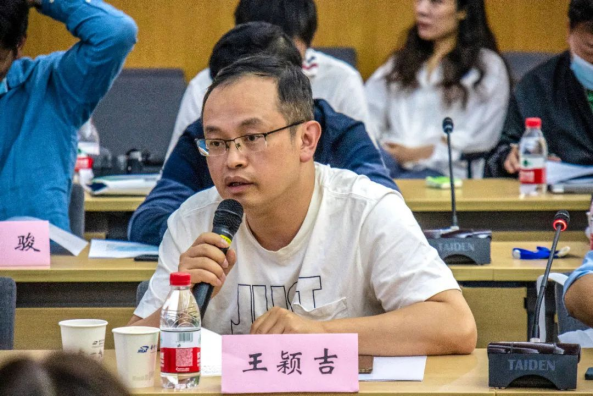
3
The “Writing Media Archaeology” unit was hosted by Zhou Tingting, Associate Professor of SJIC, HUST. Dr. Lv Xingjia of Shandong University discussed why the calligraphy of the Republic of China continued to have a continuous context, and presented a renewed appearance of traditional Chinese calligraphy in the aspects of printing, aesthetics, and education. Pan Deyin, a graduate of HUST, took memory theory as a starting point to explore the presentation of “technical writing” from theory to contemporary reality. Yao Jinyun of JNU reinterpreted the Confucian-Mohist debate in the pre-Qin Dynasty from the perspective of media archaeology, trying to answer the question of how the Mohist school represented by “hands-on” and technology, and how it spread by textual records. Peng Lingjie, an undergraduate of HUST, reported on the historical evolution of the Hui ink-stick. Dr. Bihuyao of Kyoto University discussed the new reading order in China in the 1930s, focusing on the issues of “who was reading” and “why were they reading”. The general commentator Professor Sun Li pointed out that, topics in this unit were very characteristic of Chinese traditional culture, and the reported papers raised many interesting questions, but they needed to be more in line with the path of media archaeology, and should dig out the deep-seated historical basis of the research objects.


4
The “Media and Body” unit was hosted by Zhang Yuqiang, Professor of CUC. Guo Xiaoan, Professor of CQU, and Dr. Yu Xiaomin of FDU, both reported on the issue of “self-quantification”. Professor Guo pointed out that he ddin’t want to move towards the dualism of data discipline-resistance in the research of “self-quantification”. For this, the perspective of media archaeology was of great significance. Zhang Gehao, Professor of MUST, talked about the media archaeology of bronze figures and wooden stakes. He believed that such devices were bodies without organs, which carried people’s imaginations of others and recognition from others. Dr. Zeng Zheyang of HUST took “health knowledge” as a key word and the Tianjin Concession as a medium of archaeological research to observe how modern Chinese and society viewed Western health knowledge, utensils and other issues. Dr. Huang Jun from the Wuhan Academy of Social Sciences reported on the media archeology of the sedan chair. He regarded it as a “logistics medium”, highlighting its relationship with the geographical space and the human body. Meng Qingchen, an undergraduate student of Soochow University, took facial makeup as a research object and launched a series of “media illusions” on it. The general commentator Liu Hailong, Professor of RUC, believed that the “body” discussed in this unit should be a research perspective and field, rather than a research object, otherwise the body would become an object without organs and perception.

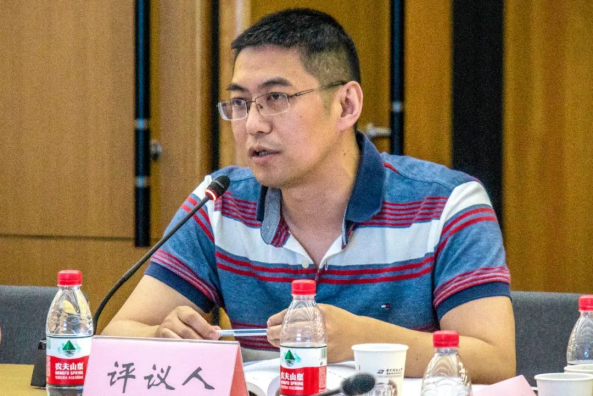
5
The “Digital Media Archaeology” unit was hosted by Guo Xiaoan, Professor of CQU. Xiao Jun, Professor of WHU, discovered the group of “electronic scavengers” and analyzed the social significance of their hands-on “dismantling”, “playing” and “assembly” of electronic devices with the approach of experimental media archaeology. Professor Xia Chunxiang and Dr. Wei Wu of Shih Hsin University took “live streaming for selling goods” as the point of view, studying its reproducibility with print, radio, and television media, and discussing the profound connection between fashion and the rupture and continuation of social life. Dr. Wu Xiaofan of FDU conducted media archaeology on the China MMS mobile newspaper, and believed that it was a transitional medium for the transition from printed text to electronic virtual text. Zhong Yun, a graduate student of HUST, described the transition process of pagers from entering the field to disappearing. Zhang Mengyuan, a graduate student of SZU, took the mourning as his object to explore the personal behavior and social relationship behind it from the media “tomb”. In this regard, the general commentator Professor Sun Wei pointed out that, the important prerequisite for the emergence of media archaeology was the current trend of media virtualization, so it was very necessary to conduct archaeology on digital media. Researchers couldn’t just tell the historical process of a certain medium or its social significance, but needed to highlight the use of the subject’s sensory experience, the organization behind the medium, and the transformation between the former media to new media.
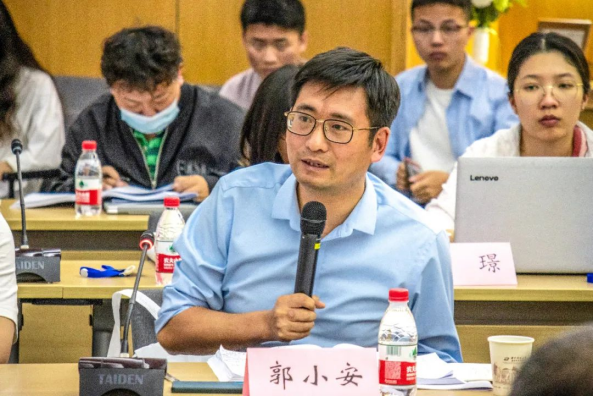

6
The “Theories and Methods of Media Archaeology” unit was chaired by Professor Xiao Jun. Zhang Yan from TJU explained Wolfgang Ernst’s media archaeology, and mainly discussed the question of why archives were media in Ernst’s point of view. Xiong Wenzuixiong, postdoctoral fellow of WHU, explained how Western media archaeology could better enter China and its localization from the perspective of traditional Chinese philosophy. Dr. Li Jing from NJU compared the similarities and differences between media archaeology and media ecology, and discussed the possibility of their complementarity. The general reviewer, Professor Huang Yueqin, commented on each paper in detail. She pointed out that, for theoretical interpretation research, the academic context of the research object must be clarified. At the same time, theoretical dialogue research cannot be mechanically compared, because it was possible that they were from the same origin so there might be lack of comparability.
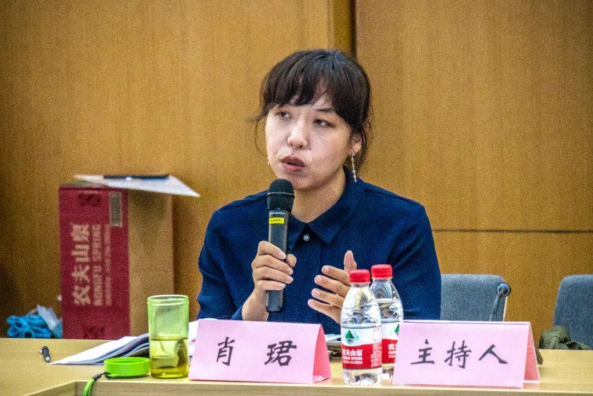

After the reports and comments of each unit, the attending guests conducted in-depth exchanges and discussions on how to further promote China’s media archaeology workshop in the subsequent round table forum. The guests put forward many positive suggestions in terms of concept, problem awareness, framework, organization, and scale of the workshop. The host, Professor Huang Dan, specifically pointed out that, China’s media archaeology needed to “verify carefully” with “bold hypothesis”, and that he was full of expectations for the future of the workshop. Finally, Wang Yingji, Professor of TJU, on behalf of the organizer of the next year’s workshop, extended warm welcome to guests to gather at Tongji University next year. The first China’s Media Archaeology Workshop came to a successful conclusion.


 WeChat
WeChat